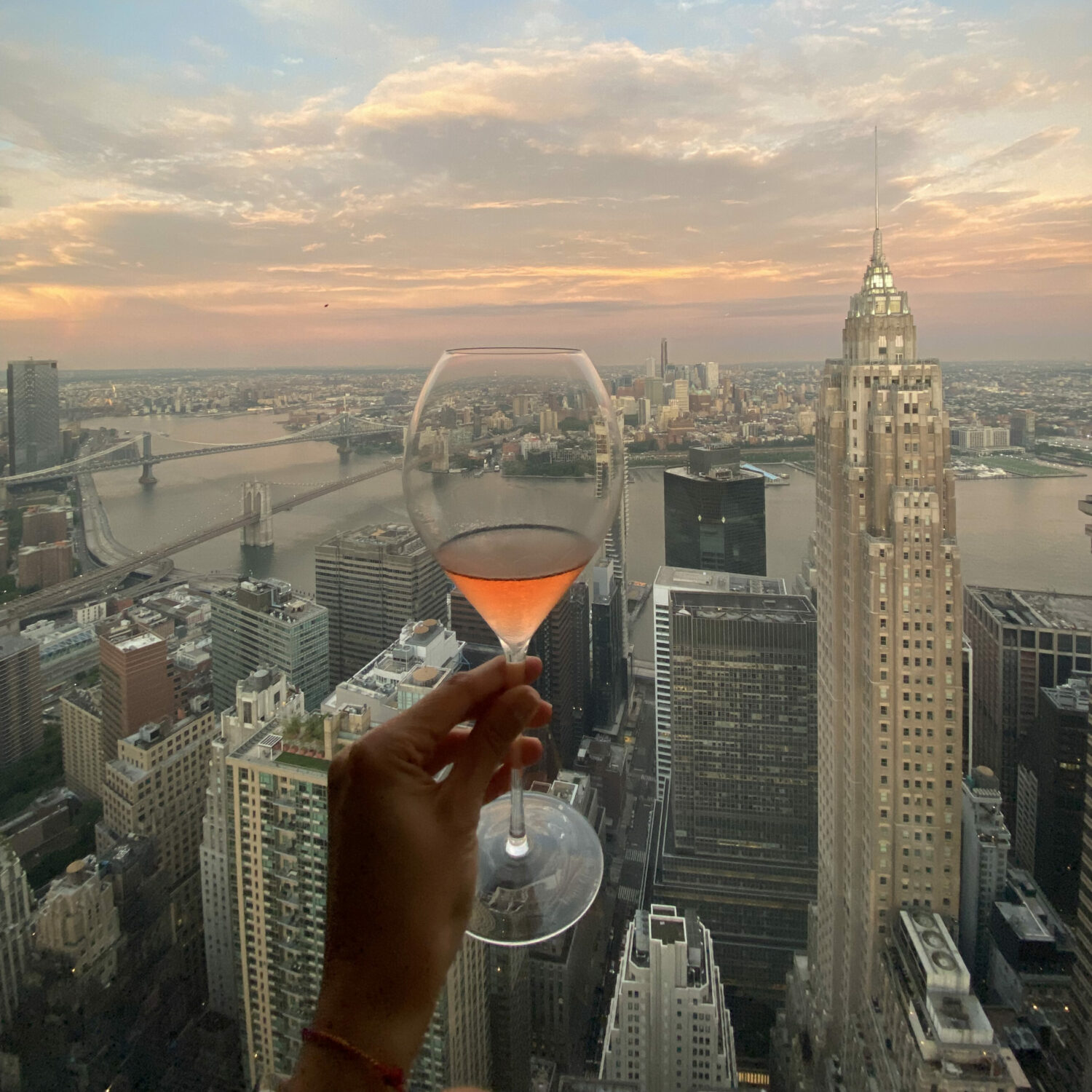Wine represents one of the few consumer goods that can be described as both unique and rare. Indeed, each bottle is unique, often numbered and coded, and can become rare due to depletion of production. The concept of rarity implies a notion of limitation, and it is interesting to observe how what is rare simultaneously reveals the abundance of those who can afford the luxury of acquiring, in this case, a bottle of wine.
Luxury in the world of wine comes in several areas:
Qualità: Vini prodotti con tecniche particolari o con una meticolosa selezione delle migliori materie prime.
Esclusività e rarità: Vini prodotti in quantità limitate o provenienti da piccole cantine artigianali, quindi più difficili da ottenere.
Storicità: Cantine vinicole e famiglie con una lunga tradizione nel settore del vino, che vantano prestigio e autenticità.
Sostenibilità ed eticità: Nel lusso moderno, la sostenibilità è fondamentale. Un vino che rispetta l’ambiente e le persone coinvolte rappresenta il vero lusso contemporaneo.
Packaging e presentazione: Bottiglie di design, etichette elaborate o confezioni speciali che aggiungono un tocco di lusso visivo al prodotto, spesso in collaborazione con case di moda prestigiose.
Ospitalità: Il contesto in cui il vino viene consumato è importante quanto il gusto stesso, comprendendo location esclusive, servizi personalizzati e abbinamenti gourmet.
These combined elements define luxury in the context of wine, turning it not only into a product, but into a complete and singular experience.
Una vigna italiana
Italian wines that also represent prestige overseas include Super Tuscans such as Sassicaia, Ornellaia and Tignanello, which have revolutionized the concept of high-quality Italian wine, often using international grape varieties in addition to traditional local ones.
Other examples include Barolo and Barbaresco, renowned for their complexity and elegance, with historic wineries such as Giacomo Conterno, Gaja and Bruno Giacosa. Brunello di Montalcino, made exclusively from Sangiovese grapes, is known for its robustness and aging potential, with historic wineries such as Biondi-Santi or Soldera. And how not to mention the Cru of Montalcino, Montosoli.
Amarone della Valpolicella, a Veneto red wine made from dried grapes, represented by wineries such as Quintarelli or Dal Forno. In Lombardy, Franciacorta, created by with Franco Ziliani and Guido Berlucchi, a high-end classic method sparkling wine, produced by brands such as precisely Berlucchi, Ca’ del Bosco and Bellavista just to name a few.
These wines not only represent luxury through their exceptional quality and high price, but also because of their history, tradition, and the experience they offer fans.
Considering wine as art, we can understand how its value increases over time, just as it does with artistic works. This rarity goes well with the concept of luxury.
These wines are sold in exclusive restaurants, specialized wine stores, and even directly to consumers through online channels and selected stores. The growing popularity of high-end Italian wine in the United States reflects the global recognition of Italian wine quality and tradition.
Luxury, however, is changing shape. Increasingly, it is becoming synonymous with essence and simplicity, characteristics that many today struggle to find. With climate change, producers are moving toward sustainable practices to make wine production increasingly environmentally friendly. This represents true luxury: being able to develop cutting-edge techniques to continue to create art, a wine made of uniqueness, rarity and ethical awareness.
The article Wine is luxury: a guide to Italy’s most prestigious wines comes from TheNewyorker.

